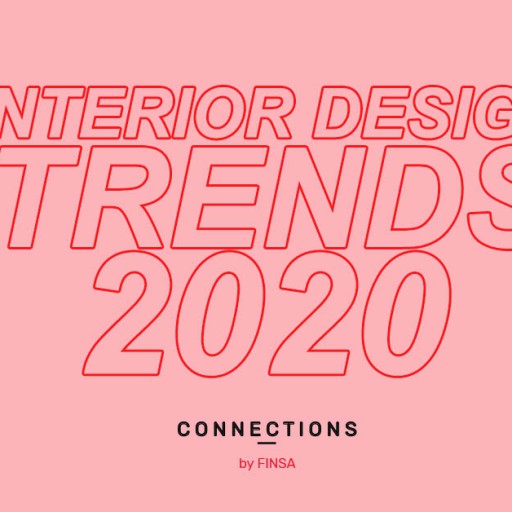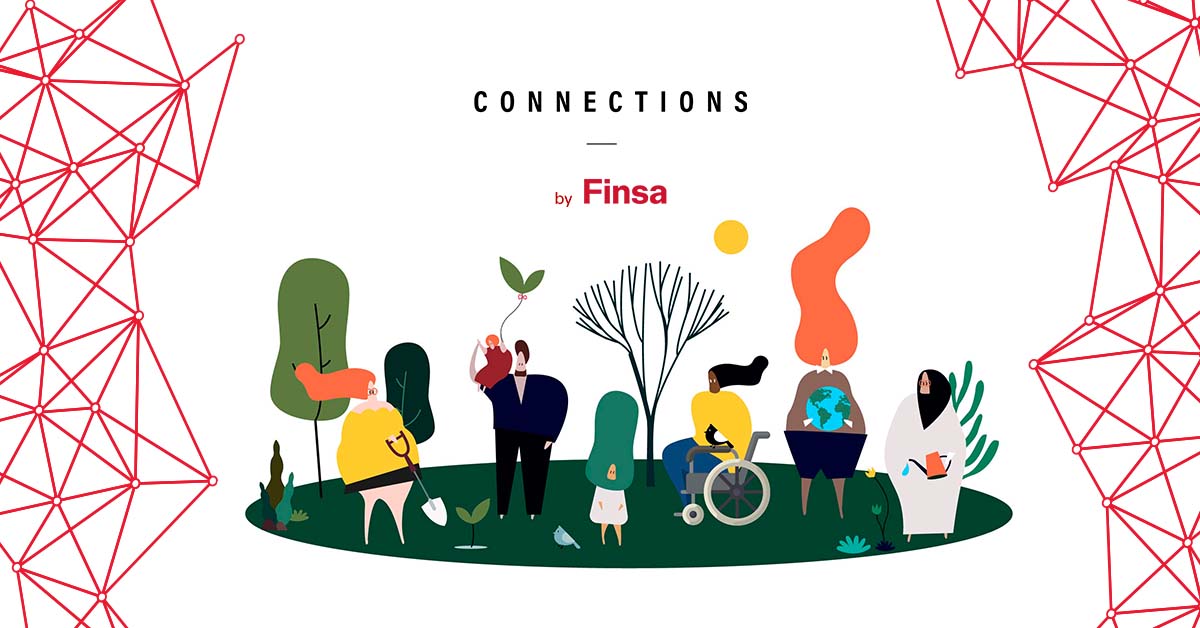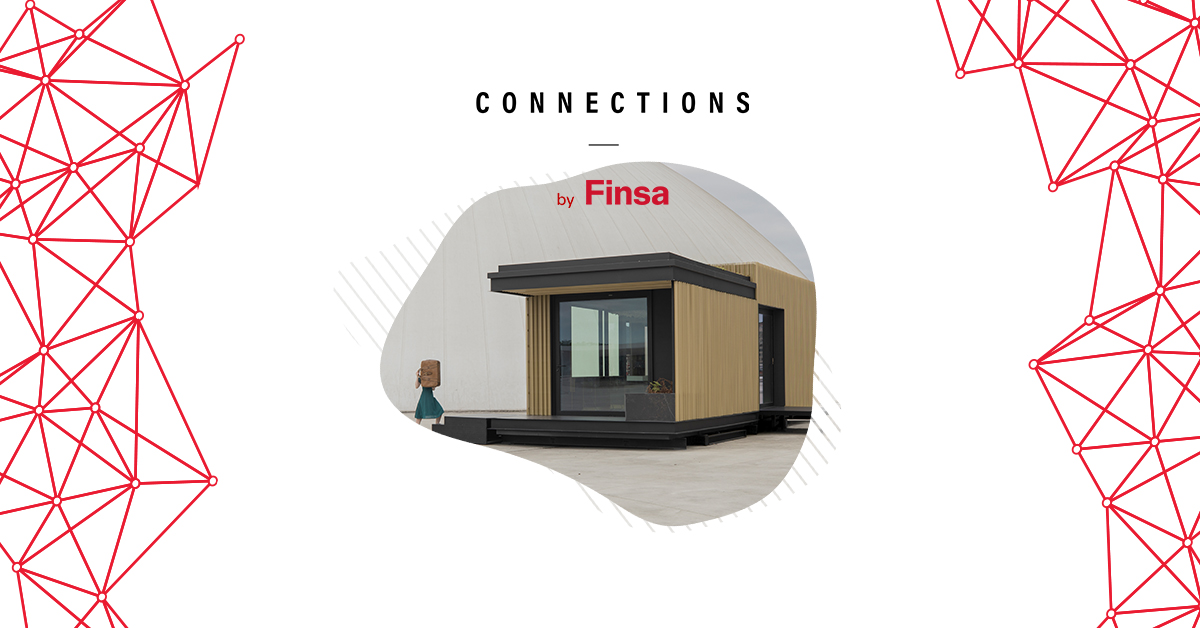The descriptive literature of the 19th century made Jaime Beriestain dream about designing spaces he envisioned through words. Originally from Santiago, Chile, he moved to Barcelona in 2000 and founded his own studio two years later. In 2010, he ventured to open a showroom where he exhibited mid-19th-century furniture, and between 2013 and 2020, he maintained a concept store and café-restaurant, “a project that taught me that I have to keep pursuing the dreams that brought me here,” he explains.
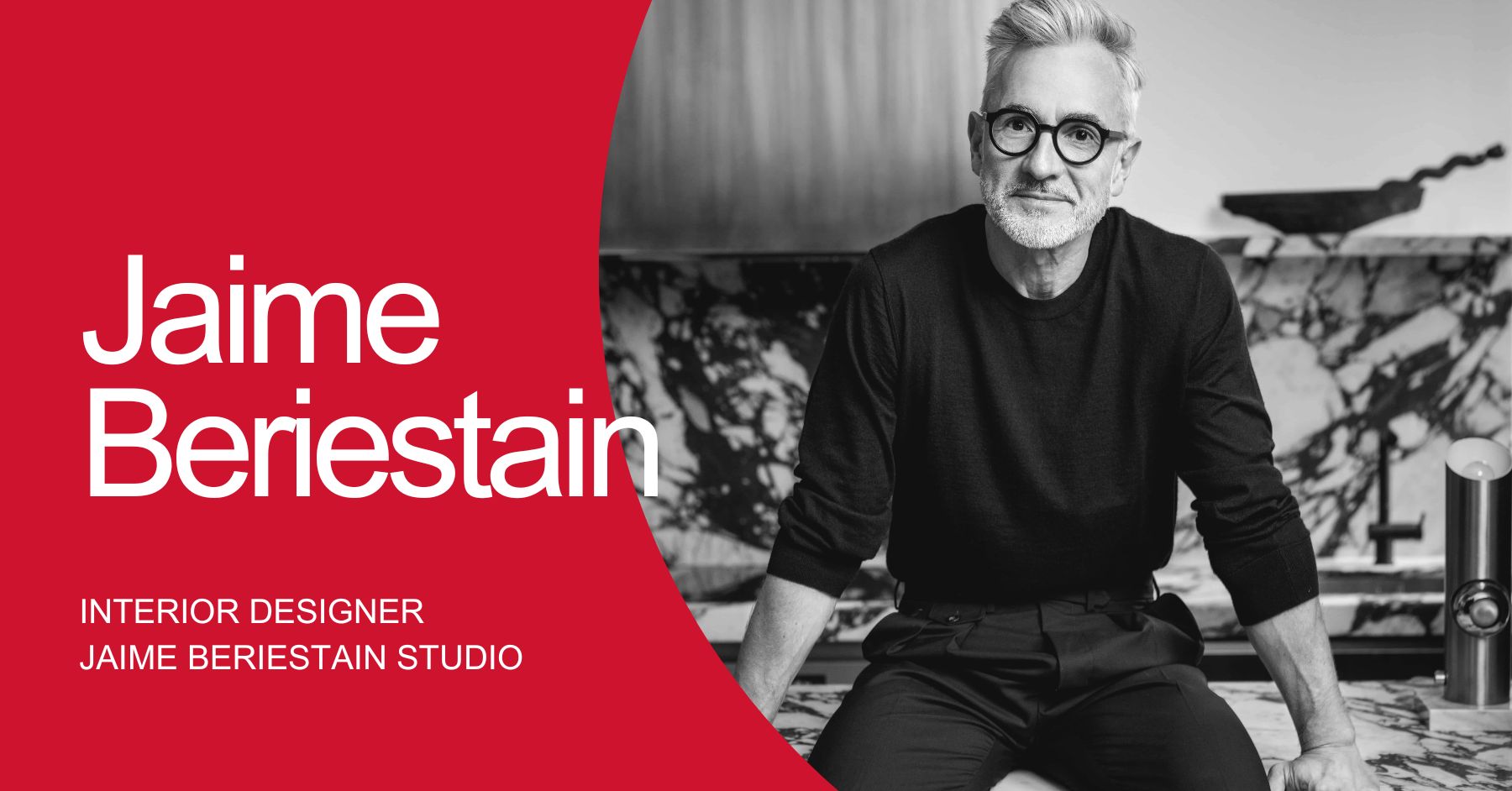
Currently, Jaime Beriestain Studio, with offices in Barcelona and Madrid, has executed residential and hospitality projects in Europe, Africa, and the Americas, working for leading hotel chains such as Hyatt Regency, Marriott, Waldorf Astoria, and Hilton. The studio was awarded Best Interior Design Studio 2016 by the prestigious magazine Architectural Digest. At Connections by Finsa, we connect with the design legacy sown by those youthful readings.
How did you decide to become an interior designer?
My journey began at the age of 19 in Santiago, Chile, after specializing in graphic design. That experience activated something within me, a fascination for spaces and details. People often think that one decides on their profession after their first job or completing a master’s degree. But, in reality, it comes from observation. I’ve always been an avid reader since my youth, especially of 19th-century literature. The description of spaces in those books made me dream of something that didn’t even exist. It encouraged me to transform my surroundings and envision, for example, my home as a better space.
What are the keys to a successful interior design that works in culturally diverse places like Europe and Africa?
The key is to understand each client and listen carefully. My clients have nothing in common, and my projects are tailor-made, so my work is about discovering their identity and desires.
How important are materials and sustainability in interior design?
Throughout my life, I’ve been close to noble and sustainable materials: stone, wood, iron, etc. I believe they are sustainable not only because they endure over time but because they can still function. This applies to some 20th-century works or pieces thousands of years old that are still alive. Moreover, beauty is closely tied to materials. It’s not the same to have a Phoenician or Egyptian vase at home as it is to have a plastic molded one. Aesthetics are intrinsic to the product.
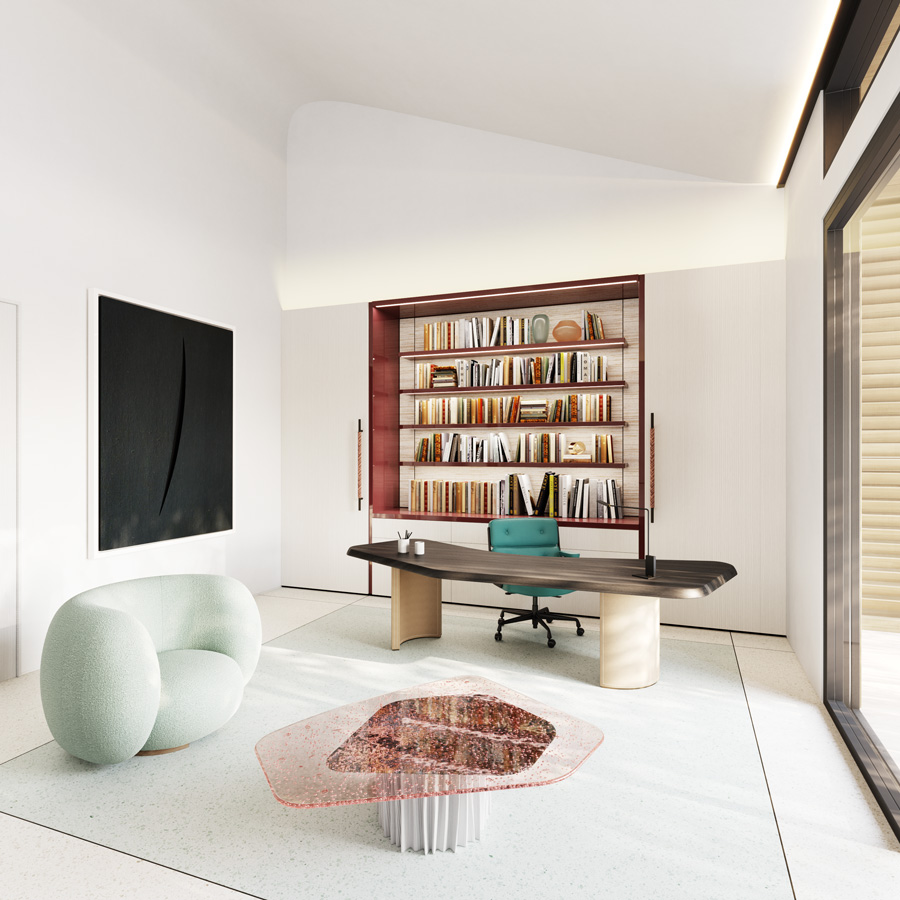
What sets apart a hospitality project?
A clear message that conveys the concept that the designer and the brand want to convey to the guest. A good design consultant doesn’t look at themselves but sees the project through the client’s eyes and tries to understand their needs. Our clients don’t have to know how to reflect that concept because they are not professionals in the field, so it’s our job to set the direction.
What trends do you observe in hospitality?
I believe those who follow trends are already behind because to design, you must anticipate. Typically, projects are developed two or three years ahead, so if I followed today’s trends, I would be outdated. I try to follow my heart and desires. In fact, I confess that I don’t buy decoration magazines.
Is Moncloa still your dream design project?
We need a Moncloa that represents us. It would be interesting to introduce elements that represent the communities: colors, materials, wood, craftsmanship, etc. Personalities want to understand the culture through a museum, but they can also do so through an institutional building like Moncloa. Think of a church with stained glass windows; they always depict something about our country: the use of minerals, flora, fauna, etc. The same goes for mosaics or ceramics. There’s a precise reading regarding these elements. I think it makes no sense to continue building bland buildings and pretending they are modern when they are just copies of many others, and we have professionals who can give them the necessary character and identity.

What projects are you currently immersed in?
I have a small office that works very artisanally because all the designs start with me. I’m the one who studies each space, so my time is limited, and I can only take on a few projects each year, but they are always fulfilling. We are finishing a house in Florida, another in Santiago, Chile, and a villa in Doha, as well as some hotels in Marbella.
What lessons have you learned from the launch of the concept store in Barcelona? Would you undertake a similar project again?
In every project one undertakes in life, there are both good and bad experiences, which we ultimately consider as lessons. The project brought me much joy when I opened it, right after the 2008 crisis when there was a sense of sadness in Barcelona. I thought there was a need for an international place to bring these elements I had. At the same time, there were no big brands like Zara Home, which were rare at the time. I’ve learned that as a designer, I have to keep pursuing my dreams. It doesn’t matter when; one has to keep creating.
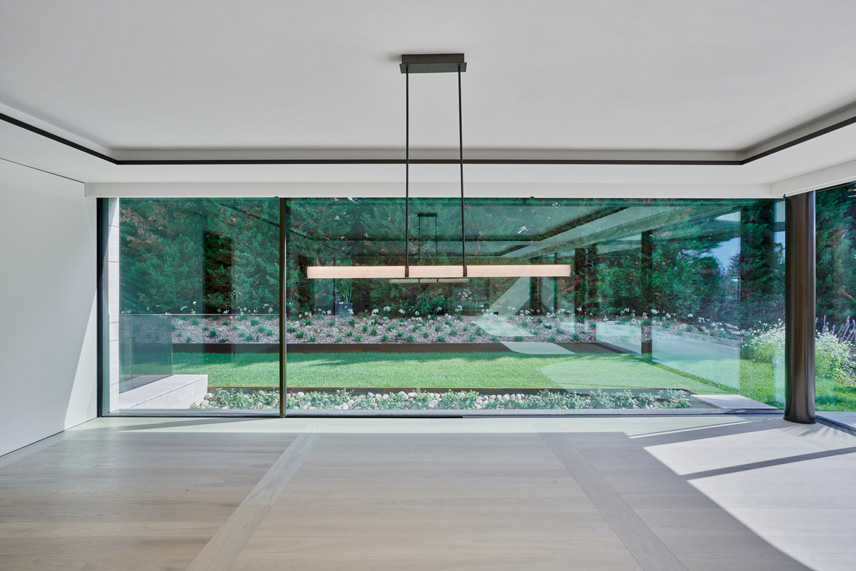
Which projects are you most proud of?
For the past thirty years, each of my projects contains something special from me and my clients. I love them all; they each have their moment. As time passes, we can judge them, much like we do with our children, but I live in the present and look to the future. It’s a mistake to think about what we could have done better; that would be living in the past.
Tell us something that has recently inspired you…
Connecting with nature allows me to translate my clients’ concepts and desires into the things I observe. The connection with colors and shapes always inspires me.


